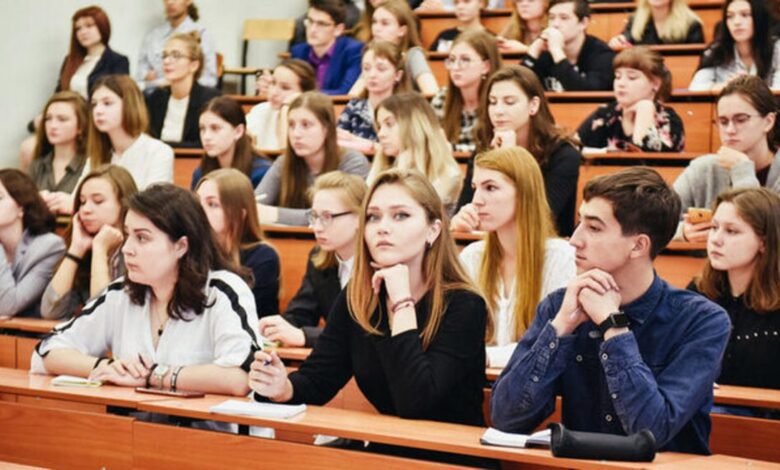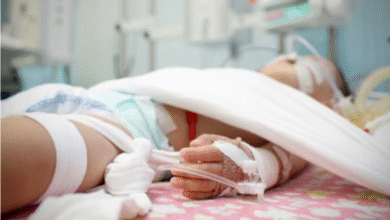Education under attack: the government has decided to provide additional support to universities in frontline regions

In the zone of active hostilities, education does not stop. Air raids, damaged campuses, evacuated teachers, lack of resources remain among the daily challenges — Ukrainian universities continue to function in frontline regions. For children and youth growing up in these realities, maintaining access to higher education is an element of minimal stability that allows them to maintain a connection with the country, with the profession, with the opportunity to realize themselves in their state. The generation of children of war, who have already lost some of their schooling experience through occupation, flight, remoteness or shelling, have limited options. Universities, which continue to operate in conditions close to the front line, are often the only available option for local youth. Therefore, the government’s decision to financially support these institutions is a continuation of providing education in conditions of chronic instability.
The essence of the government decree: source of funding and addressees
On July 18, 2025, the Cabinet of Ministers of Ukraine approved resolution on additional redistribution of state funds to support universities operating in frontline regions. It is about 300 million hryvnias, which will be directed to Zaporizhzhia, Sumy and Kharkiv regions – regions where hostilities are taking place. These funds are not a new burden on the state budget. They will be taken from the balance of the educational subvention, formed on the accounts of local budgets at the end of 2024.
Thus, the government chose the option of operational redistribution of already available resources. This allows not to create an additional deficit, but at the same time to support the most vulnerable institutions. We are talking exclusively about universities that belong to the sphere of administration of the Ministry of Education and Science and are located in the mentioned three regions.
Funds will be allocated in proportion to the expenditures approved in 2025 for each institution, according to the current formula established by Government Resolution No. 1146 of December 24, 2019. This means that the distribution will not depend on individual decisions of officials, but will be subject to transparent criteria — the number of students, the volume of the academic load, the type of university, etc.
Thus, large and medium-sized institutions, which actually bear the main burden, will be able to receive assistance according to their weight in the educational system of the region. According to Deputy Minister of Education and Science Mykhailo Vynnytskyi, this support should ensure not only the functioning of universities, but also the satisfaction of basic security needs — from repairing shelters to ensuring energy supply and restoring damaged infrastructure.
Educational function in front-line conditions: not only training
The actual activity of the university in the front-line zone is not limited to conducting classes or administering the admissions campaign. In these conditions, universities often play the role of humanitarian centers, places of social support, logistical bases, and coordination centers of volunteer initiatives. They also become the only places for normal access to the Internet, educational resources, consultations, and personal communication with specialists.
For many students, studying at a local university is a way not to leave their community, to stay close to their family, to maintain contact with the professional sphere even in times of crisis. If such universities stop working, it will mean not only an educational vacuum, but also additional pressure on the system of displaced persons, overloading of host universities and increasing social instability in the regions.
Educational institutions operating in the frontline regions actually ensure the presence of the state in the most vulnerable points. Through them, not only educational, but also social policy is implemented: from supporting youth to preserving jobs, from providing access to the scientific base to preserving human capital in the region.
In these conditions, the university is not only a building, but a community of teachers, students, and administration that holds the horizon. The stability of such a community is only possible if there is a minimum financial provision that allows us to respond to damage, evacuation, the need for generators, repairs or digital tools for distance education.
The government’s decision to support universities in the frontline regions is an attempt to keep educational institutions in the spatial and institutional integrity of the state. It allows to avoid the spontaneous decline of the network of higher education in the east and northeast of Ukraine, as well as to preserve personnel and infrastructure potential, which will become the basis for the recovery of the regions in the future.
Zaporizhzhia, Sumy, and Kharkiv regions are today an example of territories where the functioning of education is possible only under conditions of constant adjustment of state policy. Redistributing the balance of the education subsidy is one such step. Its effectiveness depends on how quickly the funds will go directly to the universities and whether they will be able to use them within the limits of real challenges and not formal needs.
This decision is a reaction to a specific situation, but at the same time it sets a precedent for the future model of education support in crisis regions. Under the conditions of a protracted war, such decisions become part of a permanent policy of preserving state institutions in the risk zone.





